|
I just returned from the most incredible research trip cruising the Northwest Passage in the High Arctic. I was sailing on One Ocean Expedition‘s Akademik Sergey Vavilov, a Finnish-built, Russian-flagged by Canadian chartered expedition ship that is ice-strengthened for wild polar trips. It felt great to return to the Vavilov, which I sailed on in Antarctica last December researching my Great Global Bucket List book. Flying from Ottawa to Kangerlussuaq, Greenland, I’d be joining 88 other passengers from around the world. We boarded the ship and headed up the ragged coastline (80% of Greenland, the world’s largest island) is covered by a thick ice sheet), arriving in the town of Sisimiut. It was like stepping into Iceland, or Norway, or northern Sweden. From there we spent two days crossing the Baffin Strait to the Inuit community of Pond Inlet on Baffin Island. Quite a contrast between the communities of Nunavut and Greenland! In Pond Inlet I went to the cultural centre to see some demonstrations of throat singing, one-footed high kicks, drumming, dancing and other Inuit games. You can’t believe you’re in Canada, but the local Co-op takes Canadian dollars (of course) and remarkably, you can get fresh veggies every day. Everything fresh is flown in, and the prices reflect this accordingly. From Pond Inlet Captain Beluga (yes, that’s his real name) steered the ship north into the Lancaster Sound, and the start of the Northwest Passage. Now we were firmly on the trial of the doomed Franklin Expedition. With the discovery last year of the Erebus, the flagship of the 1845 expedition that vanished, there’s been a lot of news and interest into the fate of Franklin and his men. Forensic scientists recently confirmed signs of cannibalism on recovered human remains found scattered along the coast of King William Island. The Erebus and sister ship Terror didn’t get very far before sea-ice boxed them in for two years in a bleak, desolate place called Beechey Island. We visited the grave markers of three of Franklin’s men, lucky enough to have died of natural causes and not starvation. John Torrington, a 20-year-old sailor, was exhumed in the 1980′s and he’s been basically mummified by the permafrost. It was a bone chilling place, all the layers I was wearing didn’t stop the chill running down my spine. The stark landscape of the islands was contrasted by the lively crew and passengers, delicious hot meals, stocked Scotch bar and hot tub on board the Vavilov. Hiking the tundra at Dundas Harbour on Devon Island, life in the Arctic was distinctly more colourful. Arctic cotton, poppies, willow and lichen practically glows under a bright sun. The colours on a clear day are unusually pure, as you can see in the images above. It took a while to find the famously scarce Arctic wildlife, but it was worth it when we did. Two large polar bears feasting on belugas on the shore of Conningham Bay. Hundreds of thousands of sea birds nesting on the dramatic cliffs of Prince Leopold Island. Some of the kayakers managed to spot some narwhals. I was more swept up in the history of the Franklin Expedition. How early explorers into the Northwest Passage suffered is beyond comprehension. In solidarity, I fell down a flight of stairs on my way from the hot tub to the sauna. How we suffer for our quests! I’ll be writing more about this trip in the coming months, and it’s a terrific chapter in my upcoming book, The Great Northern Canada Bucket List (on shelves in February) as well as being featured in The Great Global Bucket List (on shelves in Fall 2016). Check out some of these incredible images taken by my talented photographer, shipmate and buddy Jeff Topham. Thanks to all my fellow passengers, One Ocean Expeditions, and the fabulous crew of the Akademik Sergey Vavilov!
0 Comments
Below are some of my favourite all-time books in the world of travel. I confess my library is not nearly the wealth of knowledge it should be, but hopefully this will inspire just the start of your journey into the world of travel literature. Books to Make You Laugh Molvania – A Land Untouched by Modern Dentistry By Santo Cilauro, Tom Gleisner and Rob Stitch Anyone who has ever clutched a Lonely Planet will wet themselves visiting the fictitious eastern European country of Molvania. This Spinal Tap for guidebooks looks at hotels (“what it lacks in charm it makes up in concrete”), towns (“Vajana is a small city divided into quarters, of which there are three”), food (“this thick liquor is unlike anything you’ve ever tasted, unless you’ve swallowed fabric conditioner”) and activities. A follow up guidebook, Phaic Tan: Sunstroke on a Shoestring roasts a Southeast Asian country in similar fashion. Hilarious. Our Dumb World – The Onion Atlas of the Planet Earth / The Daily Show Presents: Earth, The Book Every country in the world gets punished in this gut-busting atlas and compendium that crunches stereotypes with typical Onion and Daily Show wit. Politically incorrect at its best, we learn and laugh at the world, including the “Countries you thought were in Africa”, Czech Republic (Where People Go to Say They’ve Been), and Canada, which in the Onion Atlas is titled: “For the United States, See Pages 9-22.” Sharp, ruthless, and essential humour with a global twist. Books to Understand a New World A Fine Balance – By Rohinton Mistry Midnight’s Children – By Salman Rushdie Shantaram – By Gregory David Roberts India is such an immense place, bursting with stories and sagas that define the human condition. There is a vast cannon of fantastic Indian literature, but my three favourite books are these above, drowning in characters that tunnel into your mind and heart. All epic in scope, by the time you put down these pages you will have transported your senses into the sub-continent, taste its spice on your tongue, smell the stenches in your nostrils. It’s not always fun, and the novels often take tragic twists that bring tears to the eyes, but the reward is the hope and unlikely beauty that manages to stay alive, on the pages, and in India itself. Books for the Adventurous Dark Summit - By Nick Heil, For everyone who enjoyed Jon Krakauer’s Into Thin Air (and there’s a lot of you), the true-life drama atop Mount Everest continues in this excellent read, recounting the eventful 2006 season in which more lives were tragically lost. Heil paints a stark mountain that seduces characters from around the world – seeking adventure, but receiving more than they bargained for. As more climbers continue to challenge Everest every year, gripping books like this bring us along for the journey, thankfully removed from the frostbite, avalanches, and dirty mountain politics. The Beach - By Alex Garland There’s a reason this book spawned a hit movie with Leonardo di Caprio. An English backpacker (Americanized for the movie) gets swept up in the search for the last untouched paradise island, a backpacker utopia, hidden from the masses. As we follow Richard’s adventure into love and life, things begin to unravel into a Lords-of-the-Flies-like mess, complete with psycho leaders, armed drug runners, hungry sharks and jealous boyfriends. Inspired by the islands in the Philippines, it has the fun edge of a thriller, while tapping into our desire to leave the beaten path, and go wherever the adventure leads us. Books to Inspire Knowledge A Short History of Nearly Everything - By Bill Bryson Bill Bryson is one of the most popular and beloved travel writers today, and you can’t really go wrong picking up any of his books. He’s also a terrific linguistics teacher (see his Mother Tongue), and a wonderful science teacher in this all-encompassing love letter to knowledge. Trust a travel writer to make learning about biology, geography, astronomy and other sciences accessible, engaging, and full of quirky characters. This book was a deserved hit years ago, but if you still haven’t read it, it’s well worth doing so. Fingerprints of the Gods / The Sign and the Seal - By Graham Hancock If there’s any one writer I have to credit with making me want to learn about the world, it’s this modern day academic Indiana Jones. A former writer for the Economist, Hancock has always been held in skeptic esteem for his bestselling theories about ancient civilizations (Fingerprints of the Gods), and the search for the biblical Ark of the Covenant (Sign and the Seal). Reading about his adventures, following his interviews and thorough research, it fired me up to want to visit South America and Ethiopia. Many historians scoff at Hancock’s theories of an “alternative history”, but he has inspired millions to learn more, challenge conventional wisdom, and book tickets to exotic destinations to find out more for ourselves. Books to Escape Jitterbug Perfume / Half Asleep in Frog Pajamas - By Tom Robbins Put me on a long hot journey into some wild, parched land. Give me some water, a charged iPod, and a beaten Tom Robbins paperback, and you’ve rocked the Esrock. With his unique approach to language, sharp wit, profound wisdom, and devotion to not taking things too seriously, Robbins is one of my favourite writers. His books usually follow a similar template: a brave (usually sexy) soul heads into the world to discover about life, the universe and anything, with aid from thinly disguised gurus, gods, and in some cases, inanimate objects. Creativity bursts from his pages, the turns of phrase stop you in your literal tracks. Wherever I find myself, reading and re-reading a Robbins novels inspires me to read more, write more, and most importantly, live more. 100 Years of Solitude / Love in the Time of Cholera – By Gabriel Garcia Marquez Maybe it’s cliché to throw in these classics of South American magic realism, and if I had space I’d certainly add some Paulo Coelho and more Salman Rushdie. I’d pop in Kerouac’s On the Road for its impact on road trips, Zen and the Art of Motorcycle Maintenance, and include some gifted modern travel writers like Pico Iyer, Bruce Chatwin, Rolf Potts, Tim Moore, and Colin Angus. Robert Kaplan, Glenn Dixon, Jules Verne, hell, throw in Ernest Hemingway and Che Guavara’s Motorcycle Diaries while we’re there. And where on this list is space for two of my biggest travel writing influences, Hunter S Thompson and PJ O’ Rourke? Writing any book is no easy task. I salute the efforts of anyone who strives to write about exciting new worlds, and to all those that choose to read their hard-spun efforts.
Travel, like life, is all about the choices we make. Where you go, who you’re going with, how much it will cost, how you’re getting there, and what you’re going to do once you arrive can narrow down a very large world to just a few key destinations. So you’re heading to Mexico, or Barbados, or Cuba, and you’re thinking: do I go all-inclusive? Do I commit to a package, or do I research and do it all myself? All-inclusives come in budget and luxury flavours, and no shortage of benefits. For starters, everything is taken care of. Once you book your ticket, you can focus on the fact that you’re going somewhere warm, you’re going to spend most of your time resting and eating, and that’s about it. All you have to worry about is packing the right bikini, and choosing a good book. The peace of mind and ease of effort should not be underestimated, especially if your time is limited. Next up are the obvious cost savings. All-inclusive resorts spread their profits across board, food and activities, and as a result you can find great hotels for budget prices. All-you-can eat and drink buffet deals offer great value for your wallet (and inches for your waistline). The steady flow of tourists also usually ensures a good level of service from staff trained to be friendly. Since guests are typically expected to spend most of their time in the resort, they’re often welcomed with daily entertainment, kids programs, a safe and secure environment, and tried and tested food options. Less chance you’ll get food poisoning, less chance you’ll have to stress about worrying what to do. Airport transfers are usually included, most resorts have private beaches and pools, and buffets offer excellent variety. Make sure you read the fine print though. Are the drinks included? Are the activities free, or will you find them expensive and yet unavoidable to kill the boredom? Are there extra taxes and fees? Do your research, read online reviews, make sure your destination lives up to its website, and know that, ultimately, you’re heading for a week of relaxation, sleep, food, and sun. Nothing wrong with that, but you might want to distinguish the experience from say, a travel adventure. For many, travelling is more than just the act of going somewhere. If your goal is to have authentic cultural experiences, encountering new music, people, food and landscapes, you might want to consider planning your own vacation. All-inclusives offer price bargains, but they also limit you to one location, where chances are you’ll be eating in the same buffet-style restaurants, day after day. It’s not uncommon to feel trapped after a few days - by the surroundings, the lack of transport, the food, and the people that surround you (tip: never book a relaxing all inclusive vacation in Mexico during US Spring Break, trust me!) You might be restricted to a tourist district, bordering other all-inclusive-type resorts, removed from the real world, the country itself. To limit liability, and prevent “unfortunate incidents”, many resorts go as far as advising against eating street food, or visiting local restaurants. Since you’ve already paid for a meal back at the hotel, you also trap yourself with your savings – why pay for another meal, even when you’re sick to death of the same-same but slightly different buffet? Going it alone means finding your own accommodation, your own restaurants, your own transport and your own itinerary. That been said, the Internet has made it easier than ever to plan trips, there are dozens of operators who can assist with transport, activities or customized itineraries, and there’s no shortage of spectacular hotels. You’re likely to meet more locals, learn about their culture, and actually understand something about the country you’re in. Sure, you’re also likely to be ripped off and occasionally frustrated, but budget that in and recognize that it’s part of the Do It Yourself Package. The rewards of discovering a hidden gem, of meeting someone special, of finding yourself in a place you never expected to be, is the stuff you’ll remember and treasure forever. Travelling is a personal choice. Let nobody tell you there’s a right or wrong way to spend your valuable vacation time. You’re more likely to relax with a good all- inclusive, returning home tanned and fattened. You’re more likely to remember doing it yourself, returning home inspired, and probably in need of a good holiday. If you’re after both, consider splitting your trip into one half all-inclusive, and one half going it alone. My only advice: Whatever you choose, know that you made the right choice, and never look back. Wherever you are, is where you’re meant to be.
|
Greetings.
Please come in. Mahalo for removing your shoes. After many years running a behemoth of a blog called Modern Gonzo, I've decided to a: publish a book or eight, and b: make my stories more digestible, relevant, and deserving of your battered attention. Here you will find some of my adventures to over 100 countries, travel tips and advice, rantings, ravings, commentary, observations and ongoing adventures. Previously...
July 2024
Categories
All
|

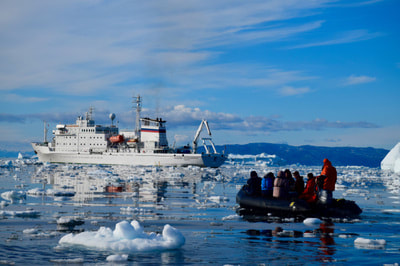

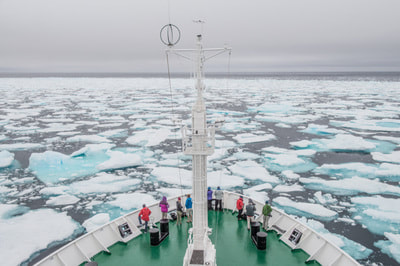
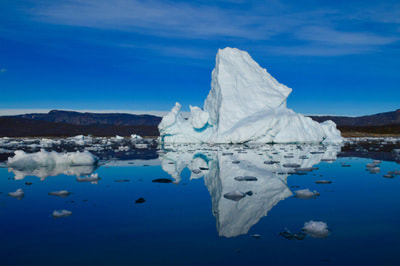
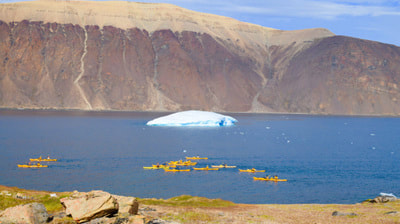
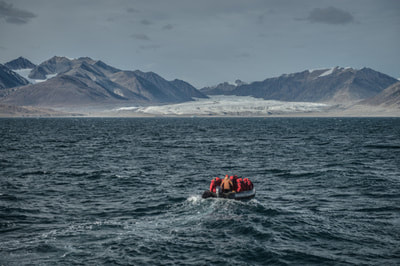
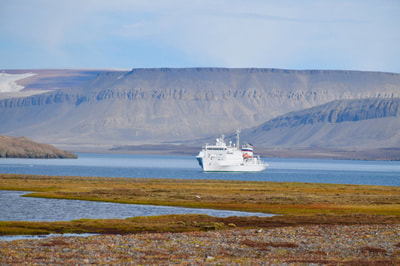
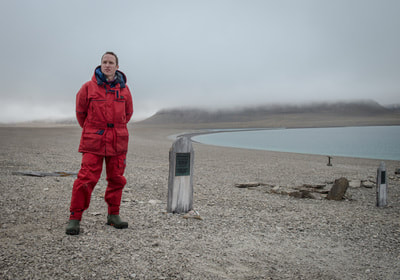
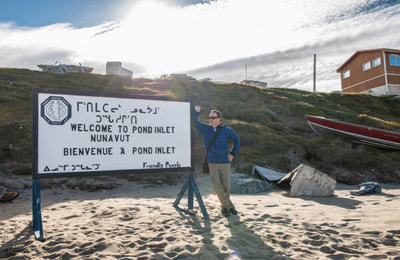
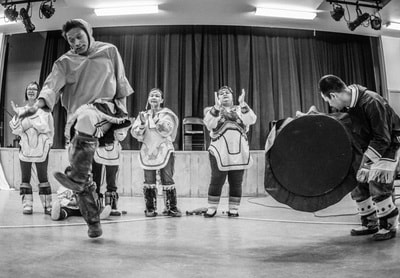
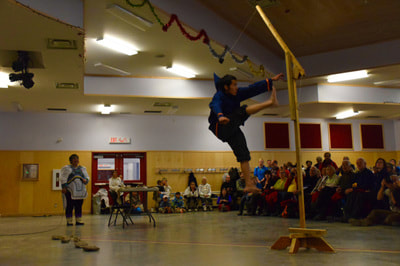
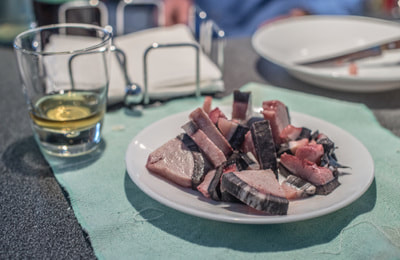
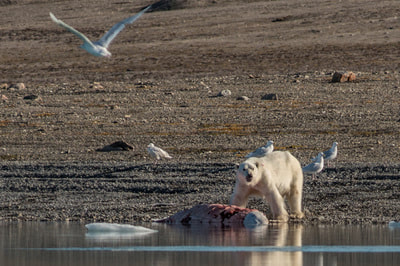
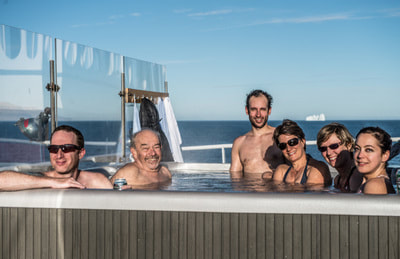
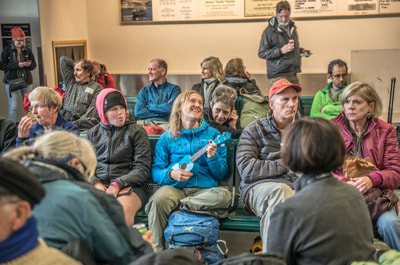

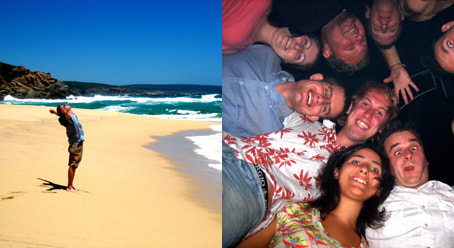
 RSS Feed
RSS Feed

